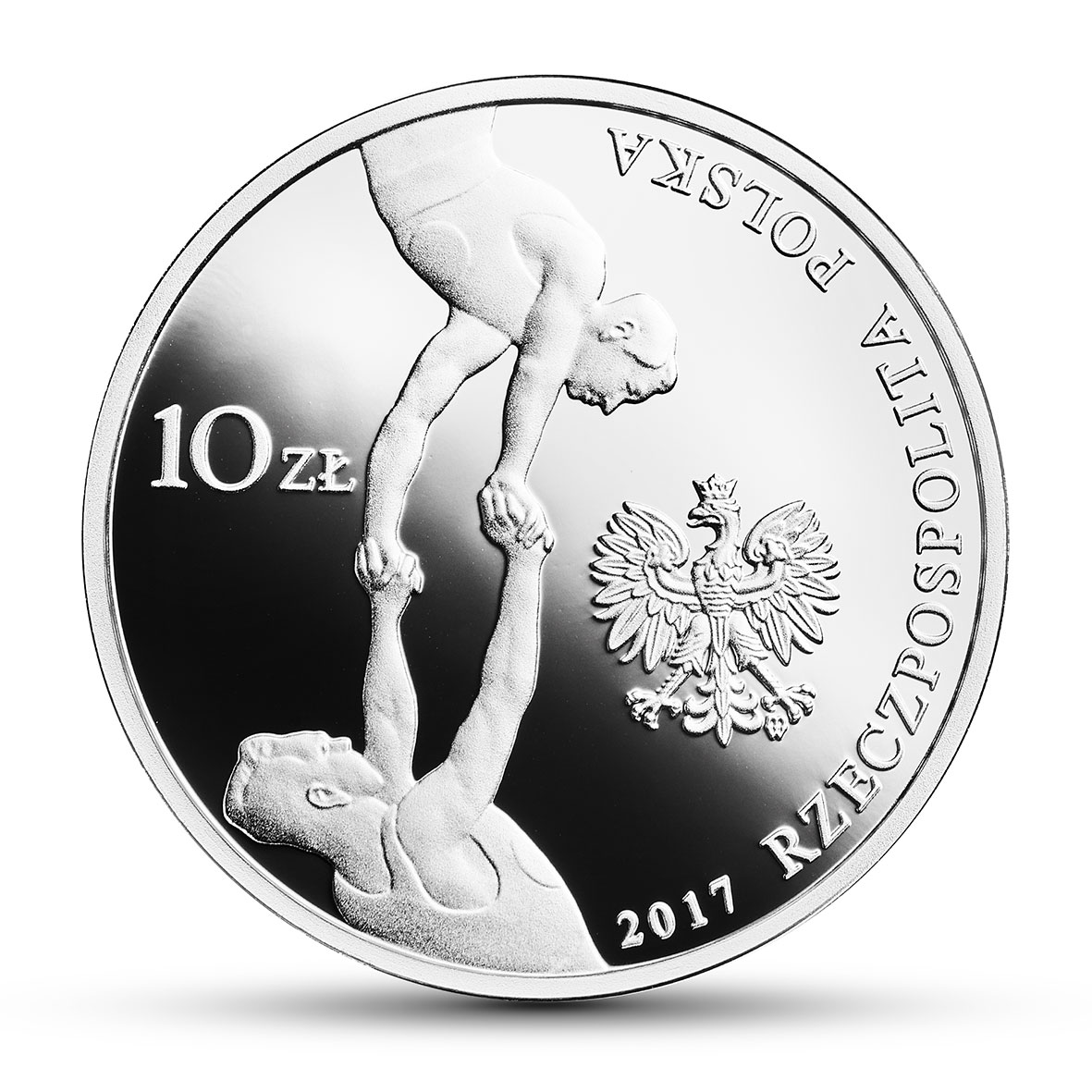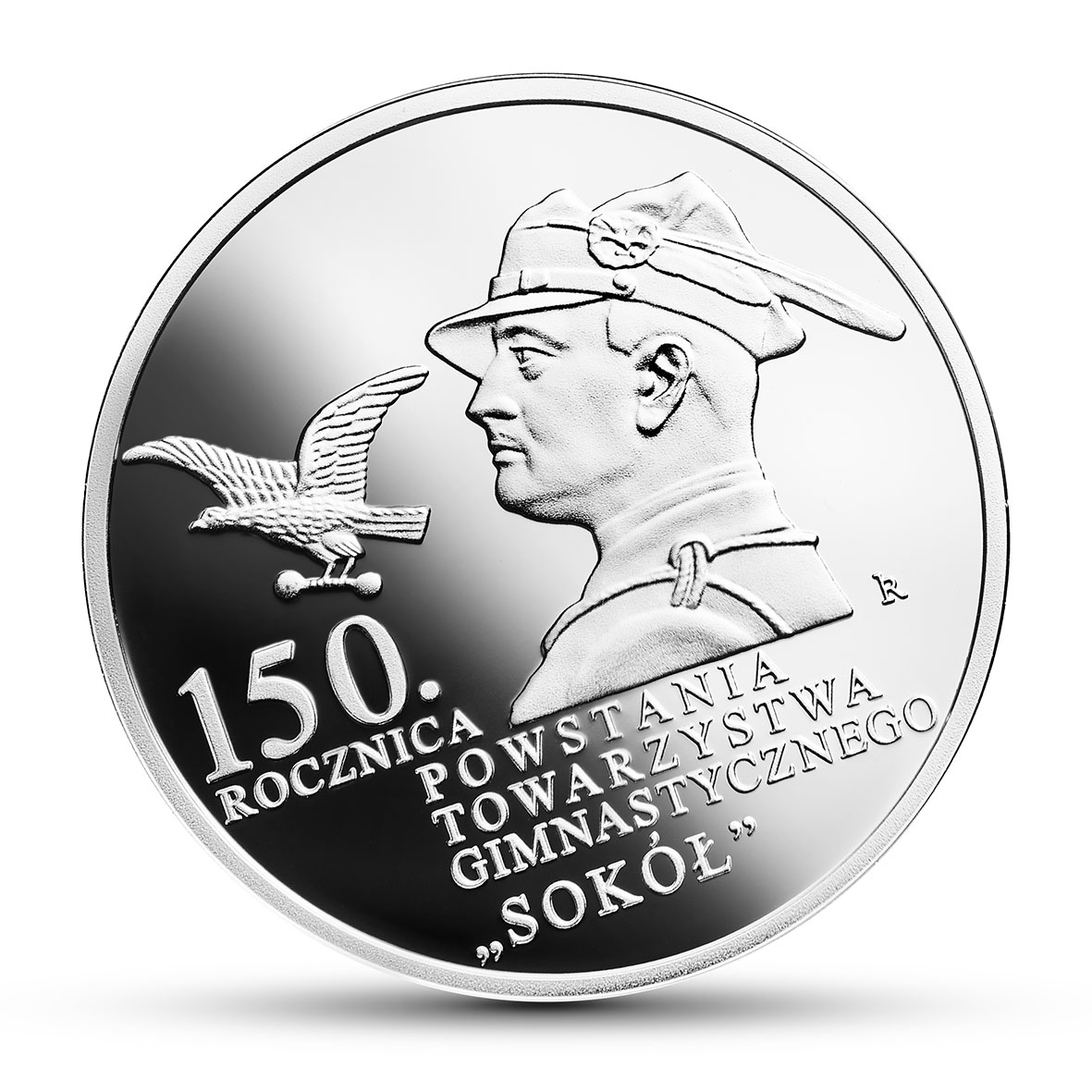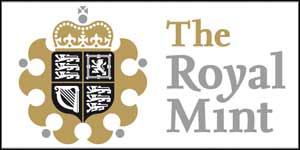Poland celebrates the Gymnastic Society of Sokol on its first 2017 silver coin
The first in the Narodowy Bank Polski (National Bank of Poland) range of precious metal commemorative coins is to be launched on 27 January and as is usually the case, it’s a very Polish affair. Commemorating a hundred and fifty years since the formation of the Gymnastic Society Sokół, this debut 2017 release is struck in half an ounce of sterling silver to a proof finish.
A popular organisation in Poland, one with an interesting history, the mintage of 20,000 is quite high, but as these are rarely hugely expensive and numismatic collecting is well established in the country, it’s likely not an unrealistic number. The coin comes in the standard NBP box, a decent little affair and with a certificate of authenticity.
REVERSE: Features in its central part an image of a pre-war activist of the Gymnastic Society Sokół in Poland wearing a historical overcoat called “chimere”. It also features a falcon in flight carrying dumbbells, which is the most recognisable symbol of the organisation, and an inscription commemorating this event.
OBVERSE: The obverse of the silver coin features members of the Gymnastic Society Sokół during exercises, doing a so-called human pyramid.
SPECIFICATION
MINTS DESCRIPTION
The Gymnastic Society Sokół (Falcon) is the oldest sports and educational organisation in Poland. It has continued to carry on its activities since 7 February 1867, when the first Polish “nest” of Sokół was registered in Lvov. From the mid-1880s further nests of Sokół were formed, spreading over the area of all the three partitions of Poland.
The organisation’s symbol is a falcon in flight holding dumbbells in its claws. Sokół is also associated with the rise of sports in Polish lands, including the first historical football match, played on 14 July 1894 in Lvov. From the start, however, the popularisation of physical fitness was coupled with engagement in patriotic and pro-independence activity. This was manifested by the widespread participation of Sokół scouts in the Greater Poland Uprising and Silesian Uprisings, in which they constituted a substantial part of the command. The Sokół movement also played a significant part in the establishment of Polish Scouting, which obtained personnel, organisational and financial support from the Society. Without the assistance of Sokół, it would be hard to imagine the organisation of General Haller’s Blue Army, recognised as the “only independent, allied and co-belligerent Polish army”, owing to which Poland was among the winners of the WWI.
Many outstanding Poles, including Ignacy Jan Paderewski, Gen. Józef Haller, Wojciech Korfanty, Roman Dmowski and Karol Wojtyła, were associated with Sokół. Afer the outbreak of WWII, the organisation was being ruthlessly destroyed (by both Germans and Soviets); numerous activists were killed because of their membership in the organisation. Following the war, the communist authorities repeatedly refused to register the society. It became possible only after the collapse of the communist regime in 1989. In 1945-1988, the organisation maintained its activity abroad. Today, the society has more than 70 nests in Poland and abroad, engaged in wide-ranging sports, cultural and patriotic activities. Sokół actively participates in public life by cooperating with many other organisations as well as state and local authorities.










Leave A Comment